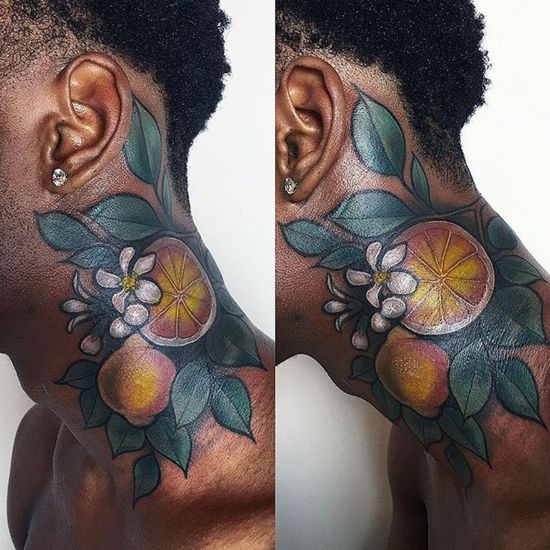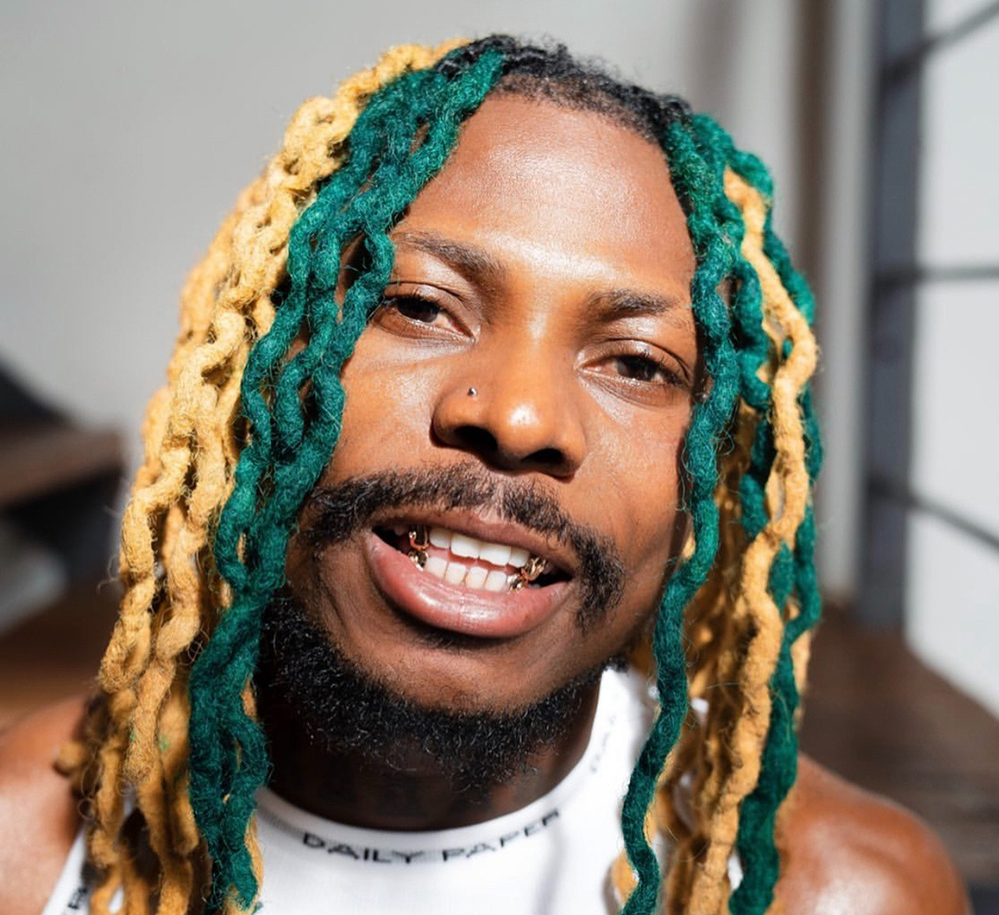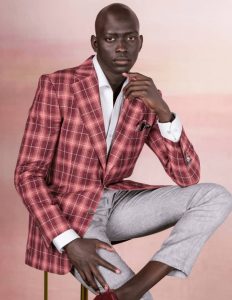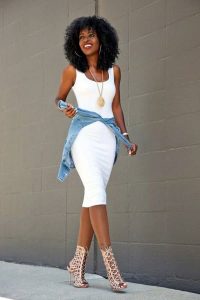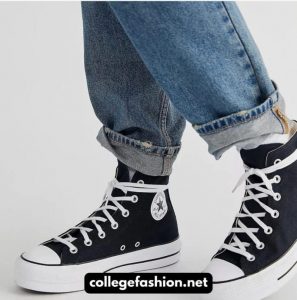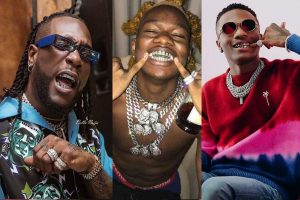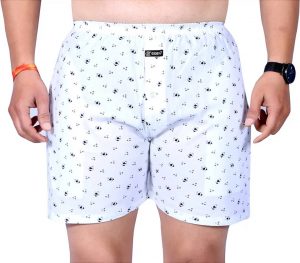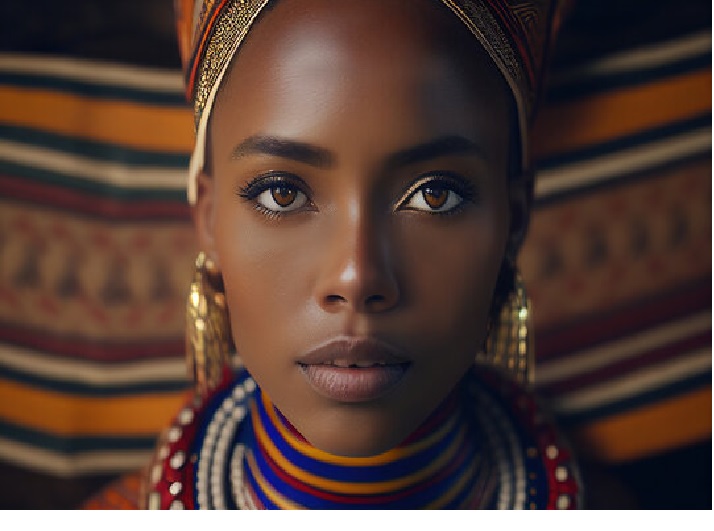
Beauty is indeed subjective. What one person considers beautiful might not be the case for the next person. In the African context, there are numerous trends associated with beauty based on regions. How one region defines beauty could be very different from the other. Among the many ways beauty is characterised in Africa include one’s individual character traits or personality, body structure, skin colour or texture, hair style and dressing. These mostly have a lot to do with women more than men because they are believed to be the essential parts of the ideal human beauty.
East Africa is perceived to highly uphold beauty and the region with beautiful women with gorgeous feminine features like big lips, hips, long black hair, big bursts etc.
Uganda
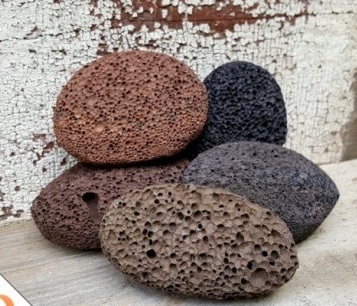
In Uganda, being skinny is considered not beautiful and plumpness is a sign of good health. Some of their cultural practices showcase that. Women with bigger bodies, bigger breasts and hips are regarded as more beautiful. In fact, the society adores a plump woman with a huge pelvis because she’s believed to have greater potential to produce children as opposed to the skinny one and so they get married quickly.
If you walk in the streets of Kampala, you will discover, eight out of ten girls you meet are naturally curvy. They almost look like they’re of the same mother. Well, you may ask, “How does that come about?” In the Ugandan community, when a girl is born, her mother will be advised to put a beaded string around the baby’s waist to monitor her growth in terms of weight gain. It brings joy when the baby outgrows that string of beads which will be kept and adjusted as the baby grows. This results to her becoming curvy as she matures.
Having a big bum in Uganda is such a big deal, that those without end up seeking the services of companies for enlargement pills or simply wear enlargement underwear.
To be well-mannered in this country is also considered beautiful. That’s why older women begin mentoring young girls on how to carry themselves out and how to treat their husbands when they get married. This includes kneeling down when greeting or serving mature men as a sign of humility.
When it comes to skin care, a majority of women always endeavour to have that appealing skin and looking stylish and elegant by applying make-up. This is by the use of both local and imported products such as hand and body lotions, cleansers, sunscreen, skin lighteners, facial masks, toners, moisturizers, tanning oils and exfoliants. In fact, Skin care products have a huge market in Uganda.
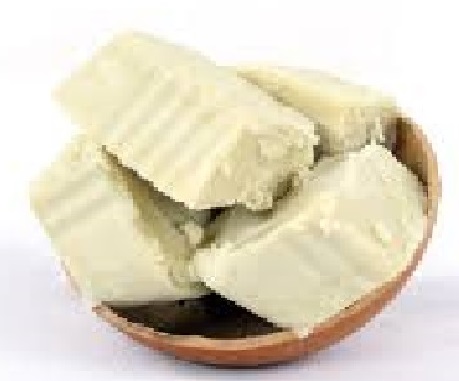
Some on the other hand prefer natural skin care by using pumice stones (to remove dead skin on their feet), natural loofahs (bathing scrubber for exfoliation) and locally-made shea butter (used as a moisturiser for body and hair care). They call it the best natural beauty therapy ever! This oil comes from a shea tree that grows in the northern part of Uganda. It is said to have many health benefits including soothing sore throat, easing stomach pain, getting rid of stretch marks, relieving sore muscles and healing eczema and skin rashes.
Tanzania
Tanzania is well known for their courtesy and politeness both in speech and behaviour and this constitutes their inner beauty. In terms of daily skin care routine and overall beauty, many Tanzanian women prefer natural beauty as opposed to the modern cosmetics and make up. A bigger percentage both in the rural and urban set-ups would rather have their hair short and well-kept and no weaves, wigs or plaits on.
Doing and maintaining hair extensions to them is costly and time-consuming. They’d rather devote their precious time into managing their homes and taking care of their families. Since beauty to them is being neat and simple. Majority prefer to use natural products and other chemical-free skin care products like Vaseline and glycerine for hair, hand and body.
As much as they are not fond of make-up and extensions, wearing intricate, flashy jewelry routinely however is part of their culture. Most of these ornaments are locally hand-crafted. To make themselves look amazing and respectable, most women wear a rectangle piece of cloth known as “khanga”, by wrapping it around their bodies. Not only do they wear it to look pretty but also to impress their men. This traditional “khanga” is considered a special gift on weddings and baby showers.
Slim in Tanzania also, is considered unhealthy and not beautiful. Because of that, women try their best at least to have some more flesh in order to ‘fit in’.
Doing and maintaining hair extensions to them is costly and time-consuming. They’d rather devote their precious time into managing their homes and taking care of their families. Since beauty to them is being neat and simple.
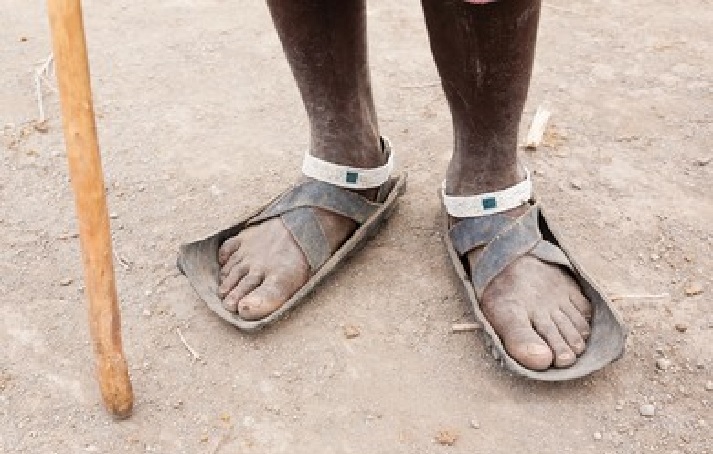
Kenya
Kenya is one of the culturally diversified nations in Africa and highly esteemed beauty. In this country, beauty is associated with one’s skin complexion, type/length/texture of her weave/wig and size of a female’s waist line. Women are often told that their number one form of currency is their looks. For that reason, an average woman can spend more on clothing, cosmetics, perfumes, lotion, image-boosting products, hair care etc., than on food. What’s even more interesting, beauty comes first before school fees or rent.
In this country, contrary to other East African countries, slim and light skin women are highly considered to be beautiful, both in the rural and urban set-ups. The society judges and evaluates a woman by her physical appearance. Those with plus size try as much as possible to lose weight either by physical means like going to the gym or using slimming products. Skin lightning is a very common practice for the many dark-skinned girls in Kenya. For this reason, many communities have forsaken their cultural ways of life and embraced the western culture to be able to fit in; from dressing to hair styles, beauty therapy and overall cosmetics.
However, there is one tribe in Kenya that has stuck to its culture and traditional system, making it the most popular. It’s called the Masai community. Women in this community carry a true reflection of African beauty i.e. their natural look. A majority are dark-skinned with very white teeth. Everything they do revolve around their culture. This tribe has completely refused to adopt foreign cultures by giving in to the mockery of being referred to as “primitive” by other tribes and the rest of the world. They have strong personalities with high moral values. Everything about them is genuine including their smiles.
Their wearing is quite distinctive. They are identified with red checked pieces of sheet called “shuka”. Men drape them around their shoulders and women wrap them around their waits. Most of their clothes are designed from the locally made fabrics like “lessos” among many.
They hardly wear stylish modern shoes and instead design their own, commonly known as ‘Okala’. These shoes are curved from car tires and at some point, became fashionable.
Maasai women don’t like makeup and hardly do beauty therapy or skin care apart from just the usual bathing and applying non-chemical ointments like Vaseline. They keep their hairs short and neat. No weaves or plaits.
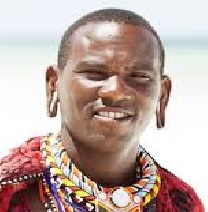
They are lovers of ornaments which they design themselves using beads and leather. They are mostly worn on the forehead, neck, waist, ears, wrists and legs both by men and women of all ages.
A bigger percentage of the Maasai people are tall and slender (male and female) which they consider beautiful. This is mostly attributed to their traditional diet. Their favourite meal is raw cow-meat and fresh blood, which they mix with certain herbs before drinking. Plumb and curvy does not exist in their vocabulary. Their general lifestyle revolves around culture, art (entertainment and design) and livestock. Indeed, their enchanting beauty stands out!
Conclusion
Cultural beliefs, traditions, modernisation and social pressure are some of the major contributing factors to what each community in East Africa will consider to be appropriate, in terms of beauty care and therapy. One thing that stands out though is the motive behind it, and that is to look beautiful and attractive.
What would you consider as beauty in your part of world? Let us know in the comment section now.
Share with others.


